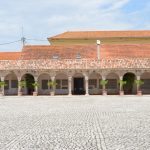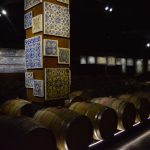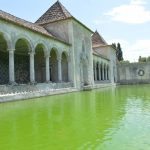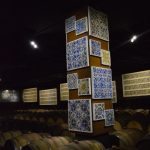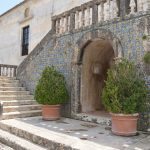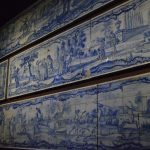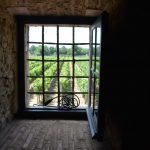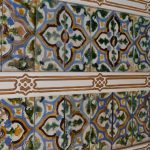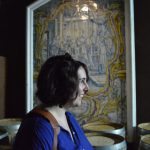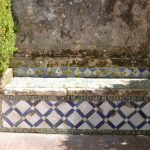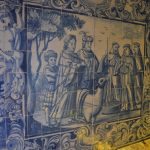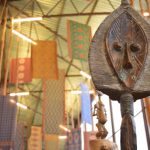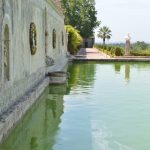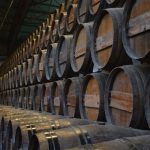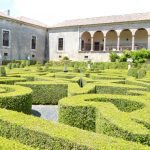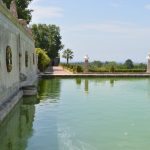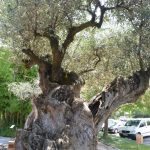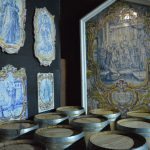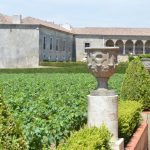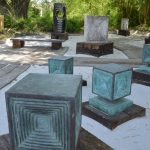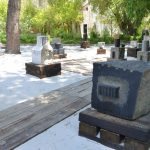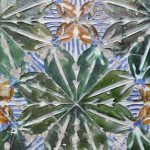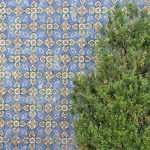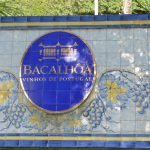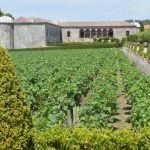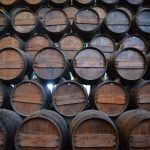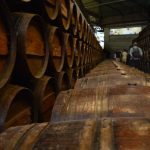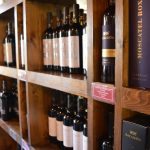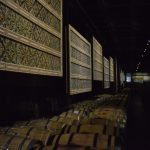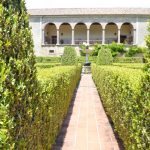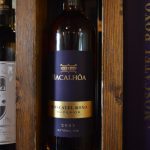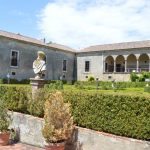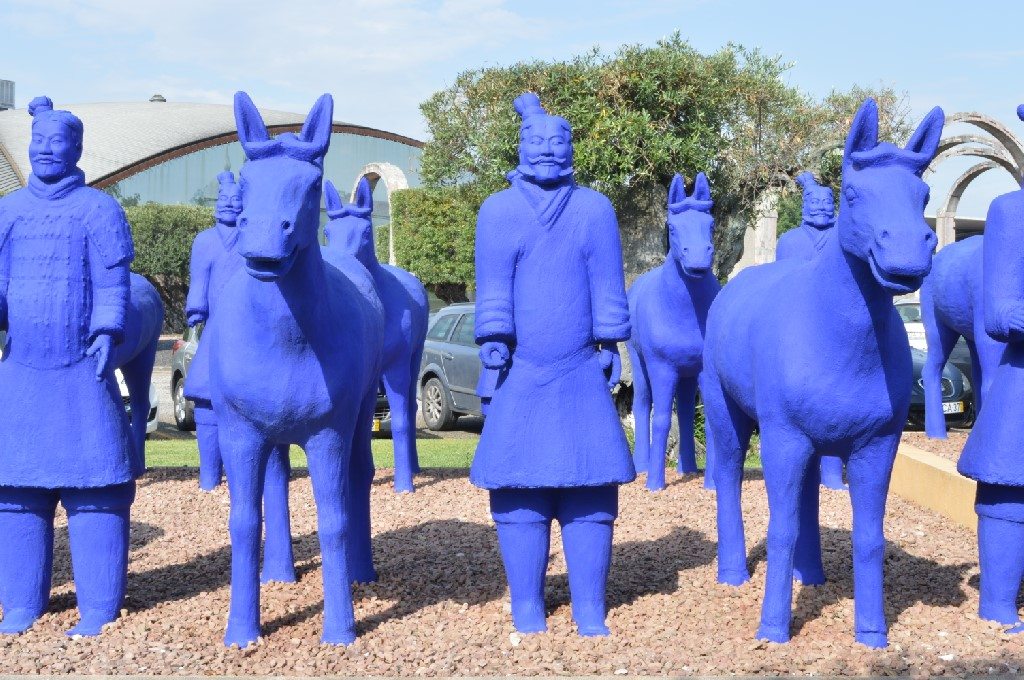 Not far from Palmela is the Quinta da Bacalhôa, which produces Setubal’s famous fortified wine Moscatel – we brought several bottles home with us, wrapped up in towels and wedged in our suitcases. The Friend family is partial to a wine tour and we felt we had the format sussed – a vineyard viewing followed by a few merry tasters. The Bacalhôa tour had so much more in store for us!
Not far from Palmela is the Quinta da Bacalhôa, which produces Setubal’s famous fortified wine Moscatel – we brought several bottles home with us, wrapped up in towels and wedged in our suitcases. The Friend family is partial to a wine tour and we felt we had the format sussed – a vineyard viewing followed by a few merry tasters. The Bacalhôa tour had so much more in store for us!
The Bacalhôa vineyard, in nearby Azeitão, is hard to miss – its bright blue terracotta army is visible from the road and as you swing into the driveway giant blue sculptures are dotted across the grounds. The Quinta da Bacalhôa actually belongs to the Berado Foundation, whose patriarch is Jose Berado, Portugal’s most prolific art collector and one of the nation’s wealthiest men.
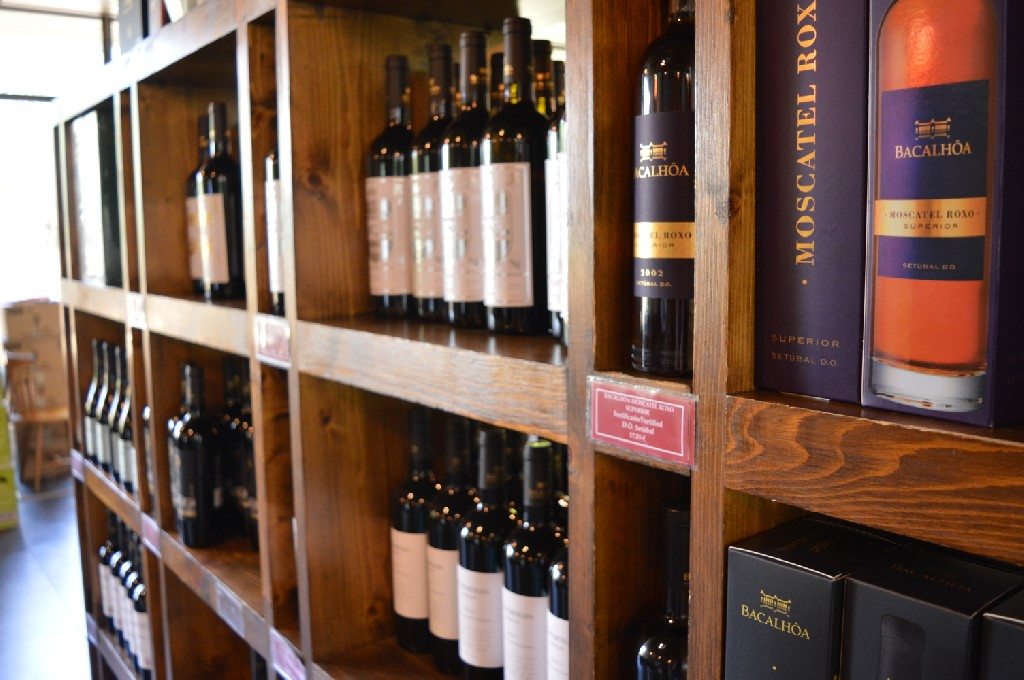
The tour kicks off with a walk around the actual Palace da Bacalhôa which dates back as far as the 14th century and you’d expect Don Diego de la Vega, otherwise known as Zorro, to swing in from the balcony. It belonged to the Portuguese Royal family as a country leisure estate until it was sold to the Albuquerque family in 1528.
By 16th century, the estate was inherited by Lady Maria Mendonça de Albuquerque, who was married to Dom Jerónimo Manuel, nicknamed ‘Bacalhau’ or Codfish. I have no idea why this gent had such a nickname but it’s highly likely that the palace was dubbed ‘Bacalhôa’, the female codfish after Lady Maria. In 1936 the estate passed to Orlena Scoville, whose grandson, transformed the property into one of the largest producers of wine in Portugal.
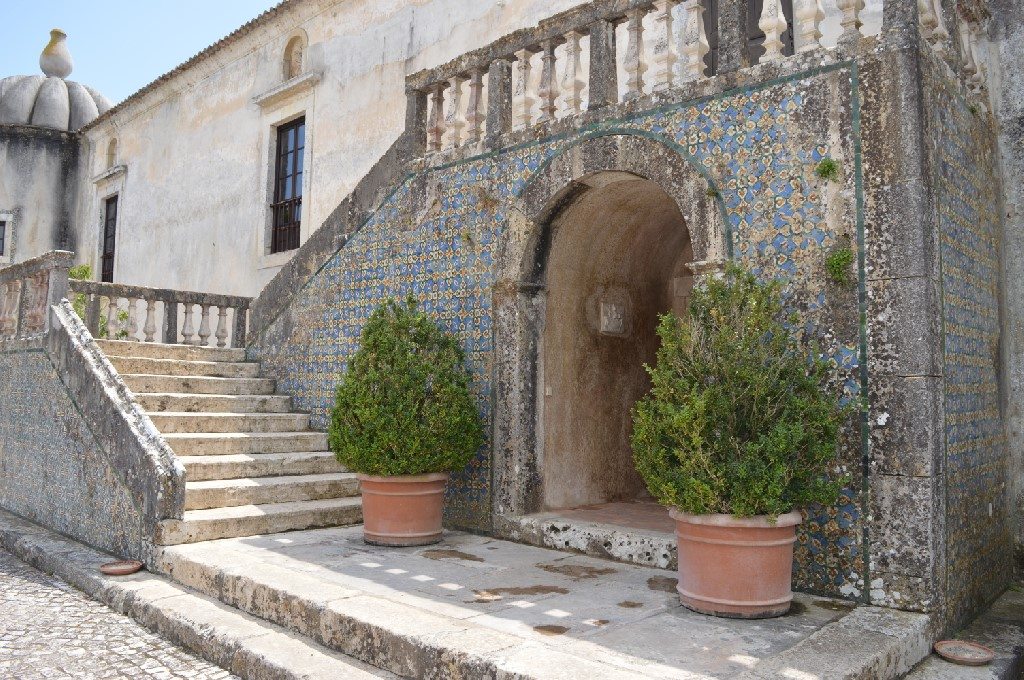
Looking out from the french parterres, the landscape is dominated by the palace’s vineyards growing the specialist Moscatel grape. The renaissance garden stretches out underneath and was originally created by the first Alburquerque owner, Dom Bras. At the end, a great ‘tank garden’ is flanked by three pavilions decorated with a vast collection of azulejo – Portugal’s distinctive glazed tiles.
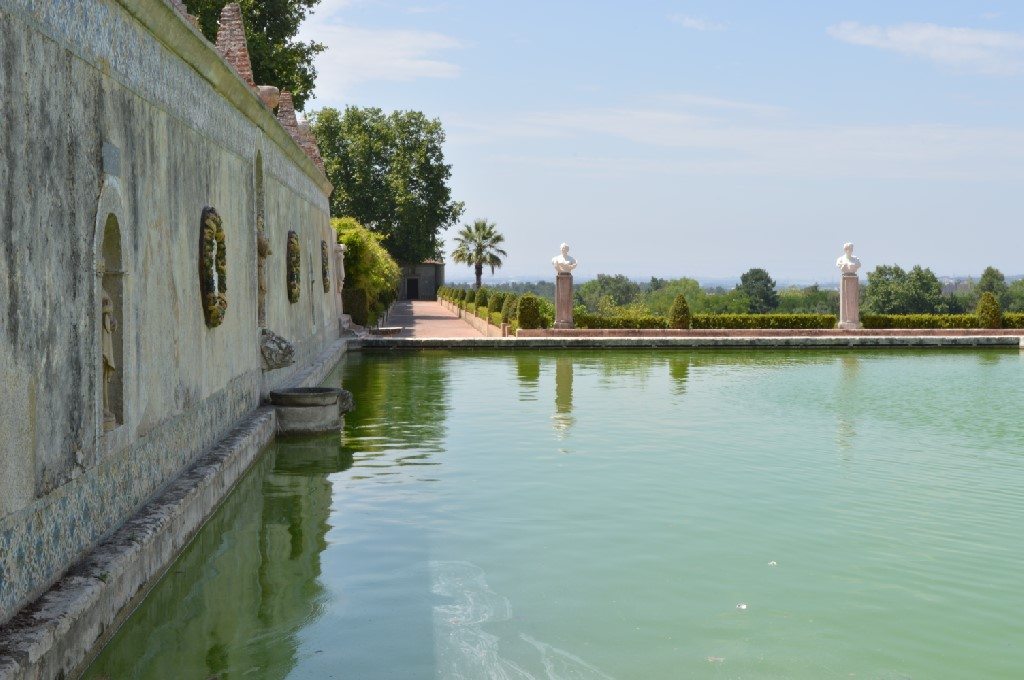
By the time Orlena Scoville bought the property, the palace had been empty for almost 25 years, but it was her painstaking work which restored many of the azulejo panels in the garden pavilions, including the panel depicting Susanna and the Elders from 1565 – believed to the oldest Portuguese tiled panel in existence.
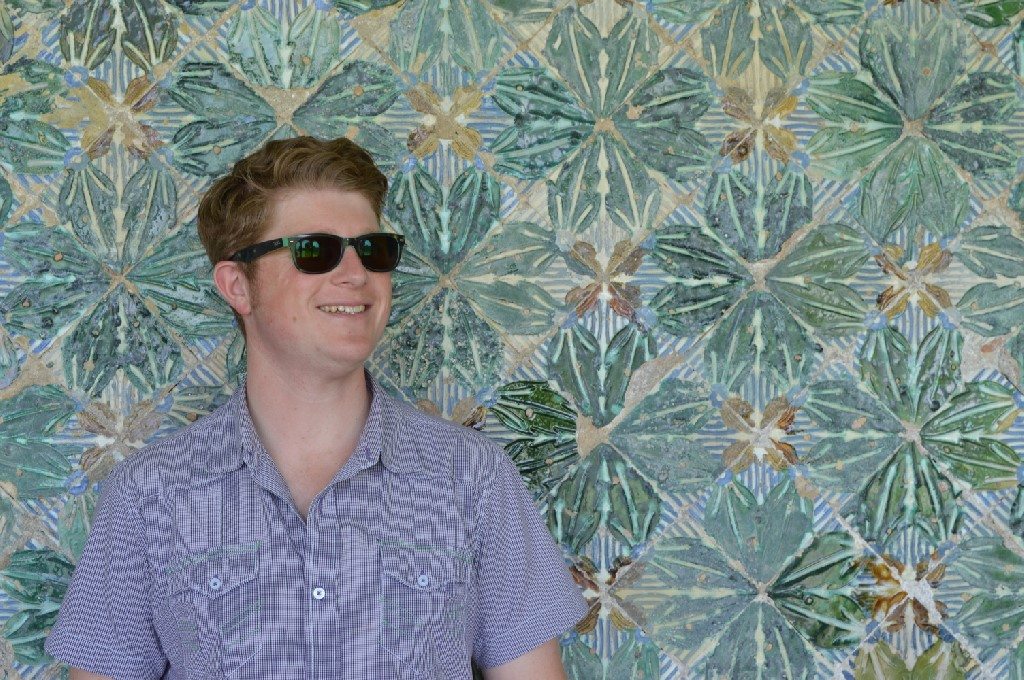
Dom Bras’ father, Afonso de Albuquerque, was a renowned empire builder and explorer bringing back many exotic spices to Portugal. Similarly, Bacalhôa’s current owner Jose Perado, has collected art from across the world which is now displayed in the Quinta Museum. We moved through several exhibition areas from art nouveau furniture, hand made pottery and vast Indian archways. At the end, the ageing barrels of Moscatel stretched the length of a swimming pool and stacked five metres high, you would not want to under those if they collapsed!
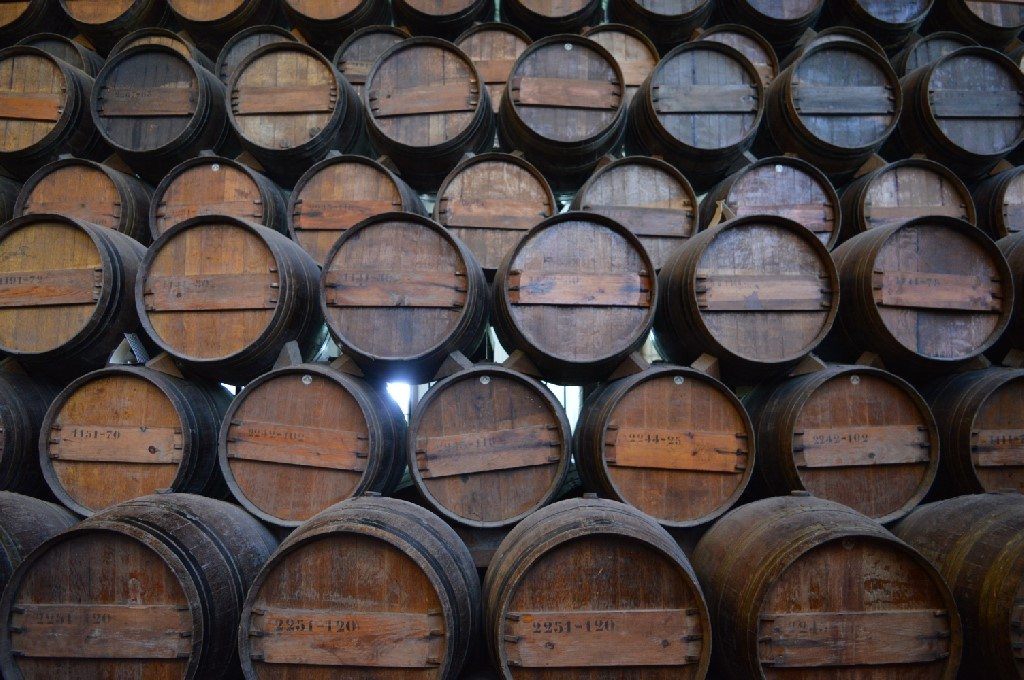
Bacalhôa probably has the most well-decorated wine cellar on the planet. Dimly lit, the walls are lined with an extensive collection of azulejo, many of which have been preserved from the palace. Steeped in atmosphere, the room is a perfect timeline of the Portuguese azulejo; In 16th Portuguese craftsmen began making copies of their Spanish counterparts; by the 1800s artists used striking yellows and other colours; whilst in the 20th century, the tiles started to show depth, using shadows.
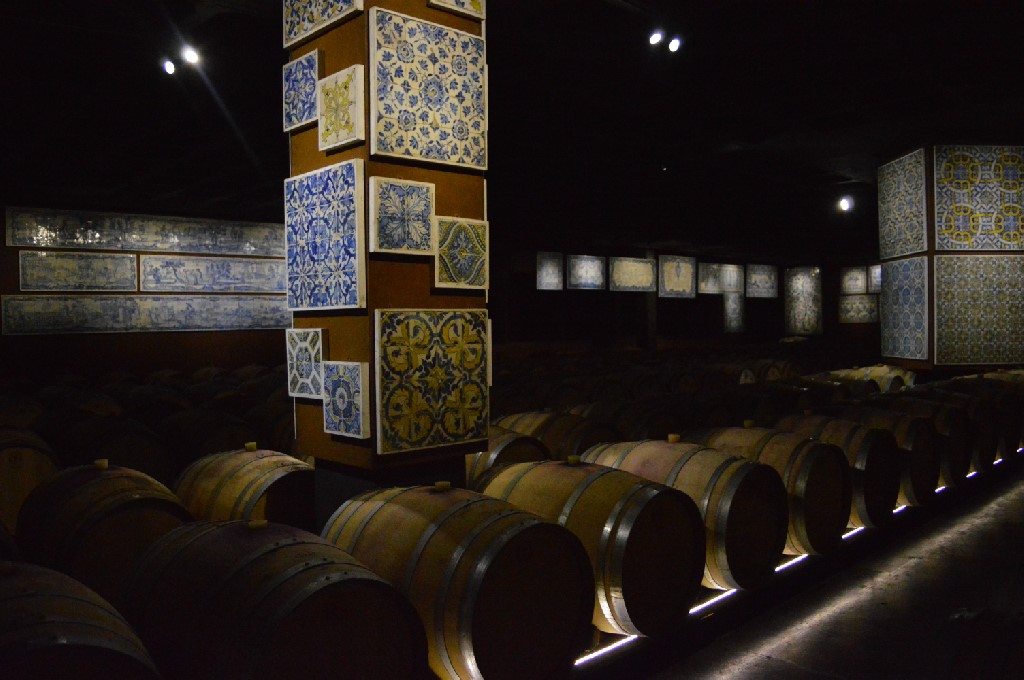
We enjoyed several tasters from the vineyard’s range including the Bacalhôa’s Moscatel Roxo Superior 2002 – its most popular dessert wine. With an intense aroma, it’s smooth, sweet with ‘notes of orange blossom, roses, almonds and honey’ and would be ideal with one of those dark chocolate fondants. Of course, we bought four bottles home!


